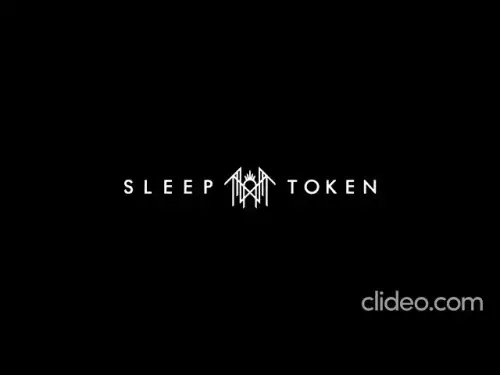-
 Bitcoin
Bitcoin $113200
1.54% -
 Ethereum
Ethereum $4368
1.43% -
 XRP
XRP $3.022
4.23% -
 Tether USDt
Tether USDt $0.0000
-0.01% -
 BNB
BNB $883.5
0.92% -
 Solana
Solana $219.5
5.29% -
 USDC
USDC $0.9997
-0.02% -
 Dogecoin
Dogecoin $0.2411
3.66% -
 Cardano
Cardano $0.8908
5.48% -
 TRON
TRON $0.3349
0.94% -
 Hyperliquid
Hyperliquid $54.50
8.93% -
 Chainlink
Chainlink $23.73
5.54% -
 Ethena USDe
Ethena USDe $1.001
-0.01% -
 Sui
Sui $3.602
5.47% -
 Stellar
Stellar $0.3861
5.90% -
 Bitcoin Cash
Bitcoin Cash $585.1
-1.13% -
 Avalanche
Avalanche $26.09
4.37% -
 Hedera
Hedera $0.2325
5.06% -
 UNUS SED LEO
UNUS SED LEO $9.549
-0.23% -
 Litecoin
Litecoin $114.2
1.13% -
 Cronos
Cronos $0.2502
-2.95% -
 Toncoin
Toncoin $3.134
1.24% -
 Shiba Inu
Shiba Inu $0.00001307
4.10% -
 Polkadot
Polkadot $4.148
3.50% -
 Uniswap
Uniswap $9.759
3.47% -
 Ethena
Ethena $0.8495
11.24% -
 World Liberty Financial
World Liberty Financial $0.2188
3.76% -
 Dai
Dai $0.9997
-0.03% -
 Monero
Monero $271.7
0.21% -
 Aave
Aave $309.2
2.95%
Understanding Funding Rates: The Key to Perpetual Swaps
Funding rates in perpetual swaps align contract prices with spot prices by transferring payments between longs and shorts every 8 hours, influencing trader behavior and market equilibrium.
Sep 09, 2025 at 01:54 am
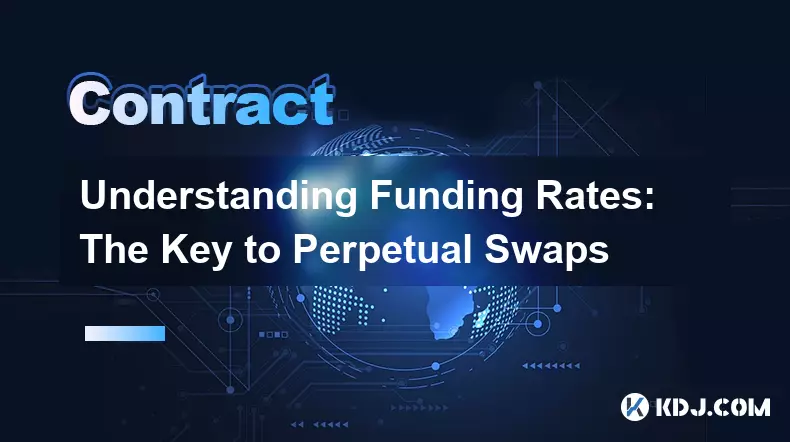
Understanding Funding Rates in Perpetual Swaps
1. Funding rates are a critical mechanism in the world of perpetual swap contracts, designed to keep the market price of the contract aligned with the spot price of the underlying asset. Unlike traditional futures contracts, perpetual swaps do not have an expiry date, which means there needs to be a continuous incentive to prevent the contract price from drifting too far from the real-world value of the asset.
2. The funding rate is exchanged between long and short traders at regular intervals, typically every eight hours. When the funding rate is positive, longs pay shorts. This usually happens when the perpetual contract trades at a premium to the spot price, indicating strong bullish sentiment. Conversely, when the rate is negative, shorts pay longs, which occurs when the contract trades at a discount, reflecting bearish pressure.
3. These periodic payments help balance market forces. If too many traders are long, the contract price tends to inflate above the spot price. The positive funding rate acts as a cost to longs, discouraging excessive leverage on the long side and encouraging shorts to enter, thereby pushing the price back toward equilibrium.
4. Exchanges calculate the funding rate using a combination of the interest rate component and the premium index. The interest rate is often minimal—sometimes pegged to a stablecoin yield or set near zero—while the premium index reflects the difference between the perpetual contract price and the spot index price, including any basis effects from order book imbalances.
5. Traders must monitor funding rates closely, especially when holding leveraged positions over time. A consistently high positive rate can erode profits for long holders, even if the price moves in their favor. Similarly, short traders may benefit from negative funding but face increased risk if the market suddenly reverses.
Impact of Funding Rates on Trader Behavior
1. High positive funding rates can signal overcrowded long positions, often seen during parabolic price rallies. In such scenarios, traders may hesitate to open new longs or may even flip to short positions to collect the funding, creating a self-correcting mechanism in the market.
2. Negative funding environments often emerge during prolonged downtrends or periods of fear. Shorts pay longs, which can act as a subsidy for holding longs during capitulation phases. This dynamic can provide temporary support to falling prices as traders are incentivized to hold rather than liquidate.
3. Sophisticated traders use funding rate data to inform arbitrage strategies. For example, they may go long on spot markets while shorting perpetuals to capture funding payments, especially when rates are elevated. This type of cash-and-carry trade helps enforce price convergence.
4. Some trading bots are programmed to automatically adjust positions based on funding rate thresholds. When rates exceed certain levels, bots may close longs or initiate shorts, contributing to sudden shifts in market momentum.
5. Retail traders often overlook funding costs, focusing only on price direction. This can lead to unexpected losses over time, particularly in volatile or sideways markets where funding payments accumulate without significant price movement.
Funding Rate Volatility and Market Cycles
1. During bull markets, funding rates tend to spike into strongly positive territory as leverage builds and FOMO drives excessive long positioning. These peaks often precede sharp corrections, as the cost of holding longs becomes unsustainable.
2. In bear markets, funding rates frequently turn deeply negative, especially during capitulation events. At these points, shorts dominate, and the market enters a state where holding longs is rewarded through funding, even as prices fall.
3. Periods of low volatility typically feature near-zero funding rates, indicating balanced market sentiment. These phases can last for weeks, especially in range-bound markets where neither bulls nor bears gain control.
4. Flash crashes or rapid squeezes can cause temporary distortions in funding rates. For example, a short squeeze may push the perpetual price far above spot, triggering a sudden spike in funding that forces leveraged shorts to exit or pay steep costs.
5. Traders who track funding rate trends over time gain insight into market sentiment and potential reversals. Extreme values often serve as contrarian indicators, signaling overbought or oversold conditions in the derivatives market.
Common Questions About Funding Rates
What causes funding rates to change suddenly? Sudden changes in funding rates are typically driven by rapid shifts in leverage positioning. A surge in long or short orders, especially during high-volatility events like macroeconomic announcements or exchange outages, can push the perpetual price away from spot, triggering adjustments in the premium index and thus the funding rate.
Can funding rates be manipulated? While exchanges use transparent formulas, large traders can temporarily influence funding rates by placing aggressive orders to move the mark price. However, such actions are often costly and short-lived, as arbitrageurs quickly step in to restore equilibrium. Most manipulation attempts fail due to the depth of major exchange order books.
Do all exchanges have the same funding rates? No, funding rates vary across exchanges due to differences in liquidity, user behavior, and calculation methodologies. Arbitrageurs monitor these discrepancies to exploit temporary divergences, helping align rates across platforms over time.
How often are funding payments settled? Most major exchanges settle funding every eight hours, typically at 00:00, 08:00, and 16:00 UTC. The exact timing and frequency are specified by each exchange and are crucial for traders managing leveraged positions across different platforms.
Disclaimer:info@kdj.com
The information provided is not trading advice. kdj.com does not assume any responsibility for any investments made based on the information provided in this article. Cryptocurrencies are highly volatile and it is highly recommended that you invest with caution after thorough research!
If you believe that the content used on this website infringes your copyright, please contact us immediately (info@kdj.com) and we will delete it promptly.
- Worldcoin's Wild Ride: Treasury Tactics and Price Gains, a New York Minute
- 2025-09-09 14:25:15
- Hotcoin Lists Luxury Travel Token (LTT): Your Ticket to Crypto-Fueled Luxury?
- 2025-09-09 14:25:15
- Household Debt: Peeking into the 2025 Crystal Ball
- 2025-09-09 12:25:15
- Bitcoin Core, Censorship, and the Ordinals Leader: A Showdown Looms?
- 2025-09-09 12:25:15
- Bitcoin, Solana, and Hacks: Navigating the Crypto Minefield, the New York Way
- 2025-09-09 12:30:12
- AI Models, Bitcoin Trend, and the September Shock: What's the Deal?
- 2025-09-09 12:30:12
Related knowledge

How to learn smart contract development?
Sep 09,2025 at 02:18am
Understanding the Foundation of Smart Contracts1. Smart contract development begins with a solid understanding of what smart contracts are—self-execut...
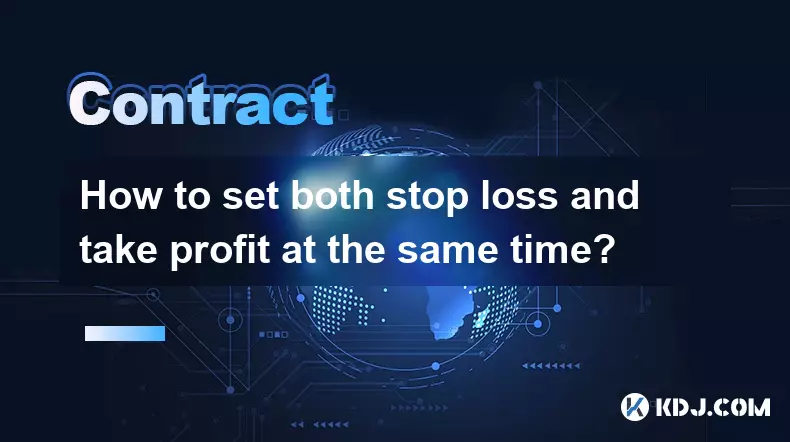
How to set both stop loss and take profit at the same time?
Sep 06,2025 at 04:36pm
Understanding Simultaneous Stop Loss and Take Profit Orders1. Placing both stop loss and take profit orders at the same time is a standard practice in...

What is copy trading for crypto futures?
Sep 07,2025 at 02:00am
What Is Copy Trading in Crypto Futures?1. Copy trading in crypto futures allows investors to automatically replicate the trades of experienced traders...
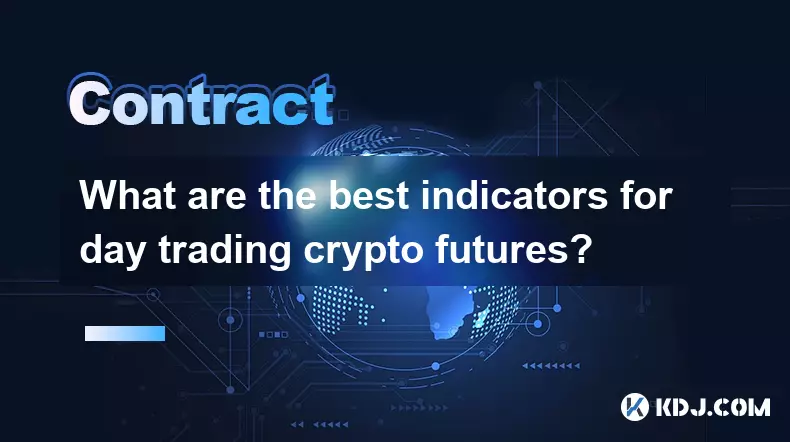
What are the best indicators for day trading crypto futures?
Sep 08,2025 at 10:18am
Top Technical Indicators for Crypto Futures Day Trading1. The Relative Strength Index (RSI) is widely used to identify overbought or oversold conditio...
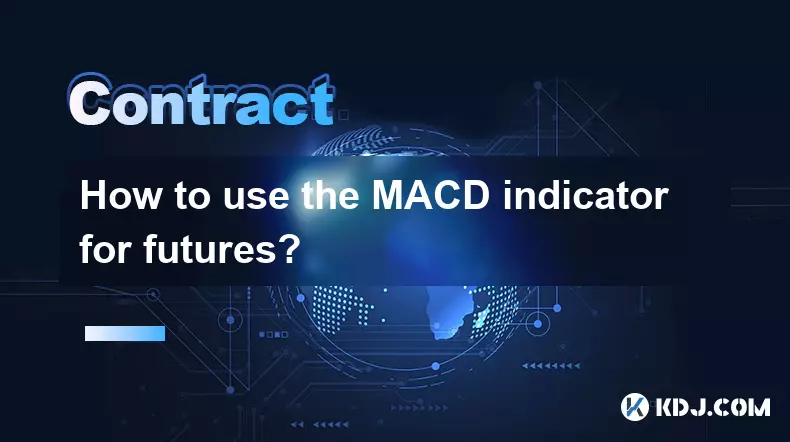
How to use the MACD indicator for futures?
Sep 07,2025 at 09:00pm
Understanding the MACD Indicator in Futures Trading1. The MACD (Moving Average Convergence Divergence) indicator is a momentum oscillator widely used ...

What to do if you are about to be liquidated?
Sep 06,2025 at 01:00am
Understanding Liquidation in the Crypto Market1. Liquidation occurs when a trader’s margin balance falls below the required maintenance margin, forcin...

How to learn smart contract development?
Sep 09,2025 at 02:18am
Understanding the Foundation of Smart Contracts1. Smart contract development begins with a solid understanding of what smart contracts are—self-execut...

How to set both stop loss and take profit at the same time?
Sep 06,2025 at 04:36pm
Understanding Simultaneous Stop Loss and Take Profit Orders1. Placing both stop loss and take profit orders at the same time is a standard practice in...

What is copy trading for crypto futures?
Sep 07,2025 at 02:00am
What Is Copy Trading in Crypto Futures?1. Copy trading in crypto futures allows investors to automatically replicate the trades of experienced traders...

What are the best indicators for day trading crypto futures?
Sep 08,2025 at 10:18am
Top Technical Indicators for Crypto Futures Day Trading1. The Relative Strength Index (RSI) is widely used to identify overbought or oversold conditio...

How to use the MACD indicator for futures?
Sep 07,2025 at 09:00pm
Understanding the MACD Indicator in Futures Trading1. The MACD (Moving Average Convergence Divergence) indicator is a momentum oscillator widely used ...

What to do if you are about to be liquidated?
Sep 06,2025 at 01:00am
Understanding Liquidation in the Crypto Market1. Liquidation occurs when a trader’s margin balance falls below the required maintenance margin, forcin...
See all articles

























